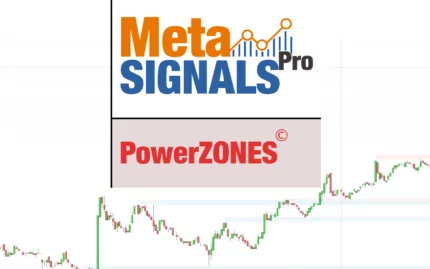Subtotal:
99,00 €
All technical analysis strategies and their indicators for trading
Introduction
In trading, the use of technical analysis strategies varies widely among traders. The effectiveness of these strategies can depend on several factors, including market conditions and the trader’s skill level. This article outlines some of the most commonly used technical analysis strategies.
Table of Contents
- Introduction
- Trend Following Strategies
- Momentum Strategies
- Breakout Strategies
- Reversal Strategies
- Pattern Recognition Strategies
- Additional Strategies
- Conclusion
Trend Following Strategies
1. Moving Averages
Utilizing moving averages to identify trends and potential entry/exit points.
2. Trendlines
Drawing trendlines on price charts to identify and follow trends.
Momentum Strategies
3. Relative Strength Index (RSI)
Identifying overbought and oversold conditions, potentially signaling reversals or continuations.
4. Moving Average Convergence Divergence (MACD)
Measuring the strength and direction of a trend using moving averages.
Breakout Strategies
5. Support and Resistance
Identifying key support and resistance levels and trading breakouts above resistance or below support.
6. Bollinger Bands
Using volatility-based bands to identify potential breakouts or reversals.
Reversal Strategies
7. Candlestick Patterns
Recognizing reversal patterns like Doji, Engulfing, and Hammer patterns.
8. RSI and Stochastic Divergence
Looking for divergences between price and oscillator readings to signal potential reversals.
Pattern Recognition Strategies
9. Head and Shoulders
Identifying the classic head and shoulders pattern as a reversal signal.
10. Double Tops and Double Bottoms
Recognizing these patterns to anticipate reversals.
Additional Strategies
11. Fibonacci Retracement and Extension
Using Fibonacci levels to identify potential support and resistance areas.
12. Ichimoku Cloud
Utilizing the Ichimoku Cloud indicator to gauge trend direction and potential entry/exit points.
13. Elliott Wave Theory
Applying Elliott Wave analysis to identify wave patterns and anticipate price movements.
14. Volume Analysis
Analyzing trading volume to confirm or diverge from price movements.
15. Divergence Analysis
Examining divergences between various technical indicators like MACD and RSI.
16. Pivot Points
Using pivot points to identify potential support and resistance levels.
17. Parabolic SAR
Using the Parabolic SAR indicator to follow trends and identify potential reversal points.
18. Williams %R
Identifying overbought and oversold conditions using the Williams %R indicator.
19. Keltner Channels
Utilizing Keltner Channels to identify potential breakout and reversal points.
20. Renko Charts
Trading based on price movements using Renko charts.
Conclusion
While no single technical analysis strategy is universally superior, combining multiple strategies can create a personalized trading approach. Risk management and discipline are also key components of successful trading.


